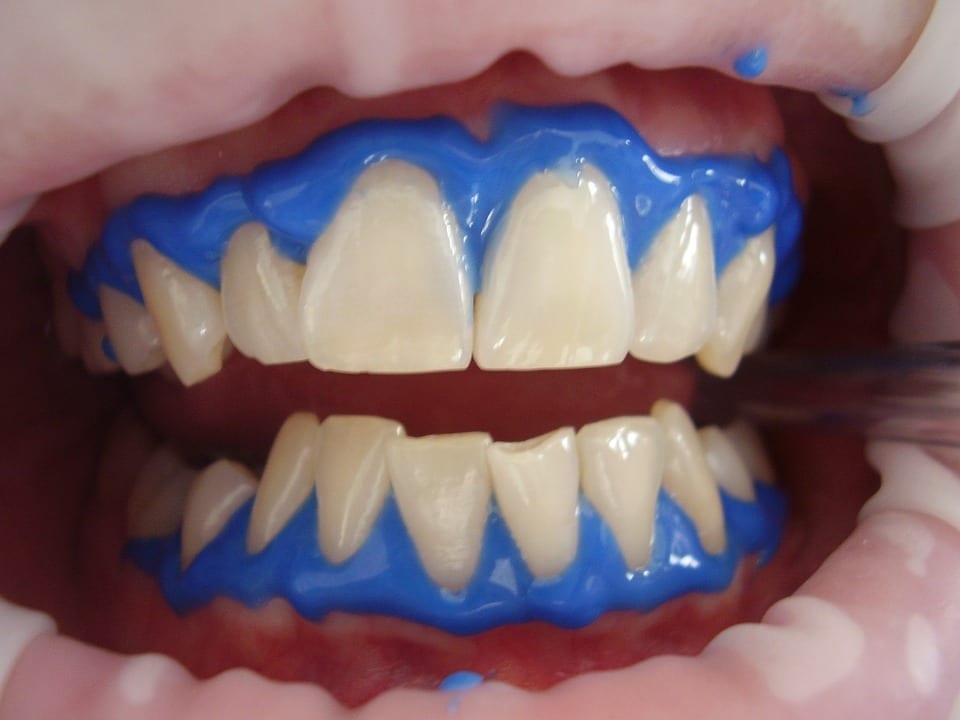
Three weeks ago my chemistry teacher Mr. Hare said that we had to go to the gym during fourth period for ?some pep rally thing.? When we got down there, there were only three or four other classes and a man standing next to a projector. Great. Another ?Don?t Do Drugs? speech. I expected this presentation to be boring like the rest of them, but after 30 seconds, I knew I was wrong.
Victor DeNoble, an ex-research scientist for a tobacco company, shared his story about what really goes on inside a major cigarette industry. Back in the early 80?s, when the tobacco industry was discovering how many people cigarettes killed every year, DeNoble was hired to develop a ?safer? cigarette ? one that was just as addictive but would not cause heart disease.
For years, DeNoble experimented with rats and monkeys and tested the effects that different methamphetamines and nicotine had on their brains. He would hook the rats up to a tube that injected heroin or cocaine into their bodies when they stepped on a button. The first day, the rats would wake up, clean themselves, eat, run around and then finally get curious and step on the button. After three weeks, the rats were addicted. They would wake up and press the button five or more times and then pass out. They lost weight from not eating, got diseases from not cleaning themselves and bled from their eyes. When DeNoble tried the same experiment with nicotine, the rats got up to the equivalent of 90 cigarettes a day.
Tobacco companies had been lying to the government for years, saying people smoked cigarettes because they ?tasted good? and not because they were addictive. DeNoble ran these tests, proving them wrong. When he presented his claims to the tobacco company, they refused to accept it and told him to return to making the safe cigarette or they would fire him.
DeNoble brought with him what part of his proof was ? brains. Two of them, preserved by chemicals, were in a cooler. One belonged to a cracked-out monkey and the other to a man who had died of a smoking-related cancer. He told us that the experiments showed how much damage was done to different parts of the brain due to nicotine and drug addictions. Back in the lab, he had finally found a substitute for nicotine – the filtered cigarette. However, even though he had done his job, the company still fired him and took away his lab research because they were afraid his proof would show the government that nicotine really was addictive.
DeNoble fought back. He stole back his proof and planned to take it all the way to the Supreme Court. After a decade of obstacles, in 1994, he became the first activist to testify before Congress, which led to the tobacco company owing roughly $300 billion in health care costs.
This man played a huge role in the anti-smoking campaign. Many states and counties have become smoke-free, and the common workplace is now a smoke-free environment. His main goal was to expose the truth.
Maybe you had to be there, but I thought this was pretty cool. Of course, the presentation was more exciting because of his dramatic speaking skills and the brains and the pictures of the cracked-out monkeys. He really convinced me that he is the good guy, and the tobacco industry is the bad guy. This time, instead of just rolling my eyes when it was done, I was wondering how many people just changed their minds about their views on smoking





Be the first to comment on "Smoke Alarm"